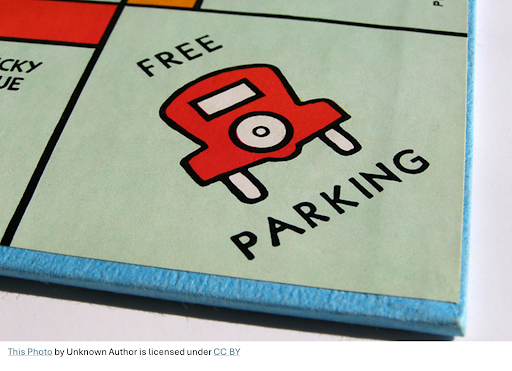What does it mean to be a man? I couldn’t really tell you because I identify as female, but the ideas and expectations surrounding masculinity are ingrained in most Americans. Society and culture have together been dictating the opportunities and constraints on male behavior and it is time for a rebellion; the current definition of masculinity is causing personal and social issues.
Masculinity is a cultural construction, just as manhood is a cultural construction: it isn’t real. We create our worlds and our identities. Boys and men of all ages need to empower themselves, take initiative in exploring alternative definitions and creating new norms.
Manhood: it is a quality, something innate that men must strive for. And so they dance; they put on a performance of masculinity. A “real man” is invulnerable, physical, independent, strong, muscular and most importantly tough. There are no biological factors that determine that all males innately behave in the same way.
Nonetheless, men everywhere are searching for validation of this definition of masculinity. Michael Kimmel, author of “Fear, Shame, and Silence in the Construction of Gender Identity,” identifies the audience they seek ultimate approval from as other men.
Manhood is only truly achieved when validated by peers. This results in exaggerated masculine behavior, a façade of baggy pants and sexist jokes that is paraded around. Though it may seem trivial, it is the consequence of generations of oppressive male socialization by society and the media system.
Assumptions about masculinity and gender and what it means to be a man permeate every facet of society. These messages are everywhere: film, television, music, video games and toys. Action films stereotype male characters as aggressive and emotionless and often sexualize violence against women. Video games provide direct interactivity with violence. Many lyrics and music videos glamorize and idealize the tough-guy pose, along with consumerism and objectification of women.
Male toy figurines have gotten bigger and more muscular over the last few decades. As demonstrated in the Jackson Katz documentary “Tough Guise,” the real life equivalence of GI Joe’s biceps have increased from 12.2 inches in 1964 to 26.8 inches by 1998. These are the social tools used to create the definition that intangibly oppresses men.
This artificial straightjacket restricts the options boys have of expressing their gender. Not to neglect the cultural construction and stereotype of feminism and their effects on women, but the ramification for males seem to be more destructive. Studies have shown that men commit suicide three times more than women, men have immensely more issues with alcohol and they are responsible for 86 percent of automobile accidents caused by reckless driving.
Being a man and being violent have come to be somewhat synonymous and this is what causes major social issues. Not only do men commit 90 percent of violent assaults, but this idea of masculinity also often produces prejudice and discrimination against women, people with alternative sexual preferences or identities and various other minorities.
Being a man and being violent is cyclical, perpetuated from generation to generation.
So when is enough, enough? Social movements such as the gay rights movement have opened the door to certain new alternatives, but the solution is grander and more intimate. Masculinity is a cultural norm, therefore we need to establish new norms. We cannot simply watch as men hurt themselves and others and maintain that “Boys will be boys.” Boys are not just being boys, they are conforming to our ideas of what that means.
The very essence of manhood must be altered. Men should be given more than one definition to live up to. The monopoly of the media system by old, white men must be broken. The male gender identity must be allowed to be more fluid.
Women also have a role to play here. We must stop validating this lone and detrimental definition. These changes will not come easily, but they can come by men refusing to conform and expressing themselves in the ways they desire and by women welcoming these differences.
Ripping off the mask of masculinity would be refreshing if only we gave it a try.











